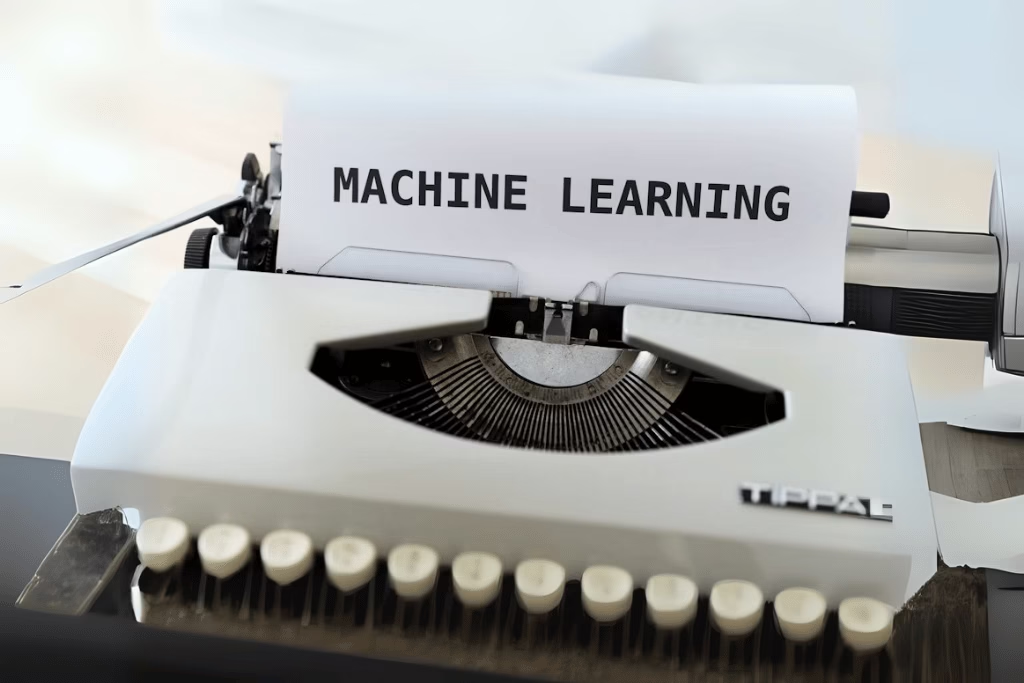How AI & ML Drive Efficiency: Boosting Business Performance in the Digital Age

In the rapidly changing scenario of the twenty -first century, digital changes have become significant for companies that seek to preserve a competitive advantage and excel in operating benefits. Artificial intelligence (AI) and machine learning are the two most influential technology developments. These successes change industries by automating regular and complex business, improving the decision with advanced data analysis and opening new opportunities for development and innovation. They better understand their customers for companies, optimize supply chains and make smart goods and services. Their ability to create a step, more smart, more flexible and adaptable business as AI and machine learning quickly become important to succeed in a pairing data controlled world. What is the Digital Transformation Era? The digital revolution has converted traditional company structures to dynamic, date -driven ecosystems. Companies are now utilizing AI and ML to streamline operations, adapt customers’ experiences and innovate faster than ever. As these technologies evolve, their ability to speed up the operation and provide measures to give them the opportunity to give them the necessary property for modern businesses. This technological progress has changed the way businesses largely determine. Real-time analysis has replaced quarterly reports, allowing leaders to allow Pivot initiatives with unique agility. Predictive modeling companies allow companies to remove market trends, customer behavior and future operating barriers before affecting the bottom line. Meanwhile, automation performs regular duties, so that human talent can focus on creative problem solutions and strategic projects. How AI and ML Are Revolutionizing Business Efficiency 1. Automating Business Processes for Increased Productivity One of the most obvious benefits of AI and ML is its ability to automate repetition, time surgery operations. This includes data registration, plan, customer request and management of the supply chain. Automation not only accelerates these functions, but it also reduces human error, resulting in improvement in accuracy and reliability. For example, AI interest in interest chatbots already handles customer service requests around the clock, providing rapid reactions to free human agents for more difficult problems. Similarly, algorithms estimate maintenance requirements in production, reduce shutdowns and operating expenses. It is possible to streamline operations from one-in-operated automation, reduce cycling time and allocate better resources. Inventory management, procurement and automation of logistics can provide a quick response to market requirements, eliminate waste and increase overall operations. 2. Data-Driven Insights for Smarter Decision Making In the digital age, data is often known as “new oil”. Organizations collect large data from a variety of sources, including consumer interactions, social media and IoT equipment. AI and machine learning accelerated large amounts of data quickly, identified patterns and extracted considerable insights. This insight helps companies understand customer preferences, predict market trends and optimize marketing strategies. Predictive analysis, for example, can remove sales trends, so that companies can make active adjustments in inventory and production programs. AI-operated analysis tools help the authorities create data-driven alternatives. Evaluation of business and potential consequences that mimic more scenarios can reduce the risk and can quickly reduce new opportunities than competitors who are just dependent on intuition. 3. Personalization and Improved Customer Experience AI and machine that enables hyper recommendations by evaluating clients and distributing custom materials, recommendations and offers. E-commerce apps like Netflix and Amazon use these techniques to promote customer listing and conversion frequency. Business customers can estimate the requirements and address possible difficulties in advance using emotional analysis and customer behavior modeling. This active approach develops loyalty, the customer improves happiness and supports repeated business. 4. Boosting Innovation and Competitive Advantage AI accelerates R&D processes by modeling product performance, refining the design and postponing new market opportunities. Machine learning algorithms can detect market intervals and lead innovation efforts to highly affected areas. AI and ML lead to early efficiency, reduce costs and provide a great competitive advantage by providing better customer experience. These technologies provide a quick adaptation by changing market conditions and providing long -term competition. Considerations in Implementing AI & ML While the benefits are important, integration of AI and ML is in commercial operations towards challenges: Successful implementation requires strategic planning, investment in talent and compliance with moral standards. The Future of AI & ML in Business The direction of AI and machine learning indicates fast autonomous systems, better privatization and smart decision -making equipment. Emerging trends include: Companies that use these trends will be better distributed to succeed in a competitive, digital first environment. Embrace AI and ML for the future of a smarter business Artificial intelligence and machine learning are no longer futuristic ideals, but are relevant shares for transformation. These technologies improve professional efficiency and performance to use consumer interactions and encourage innovation by automatically, by automating data -drive insights. In the digital age, companies should streamline operations from AI and ML, remain competitive and give consumers great value. Those who are willing to invest in change technology can realize the promise of smart, faster and more flexible business models.







